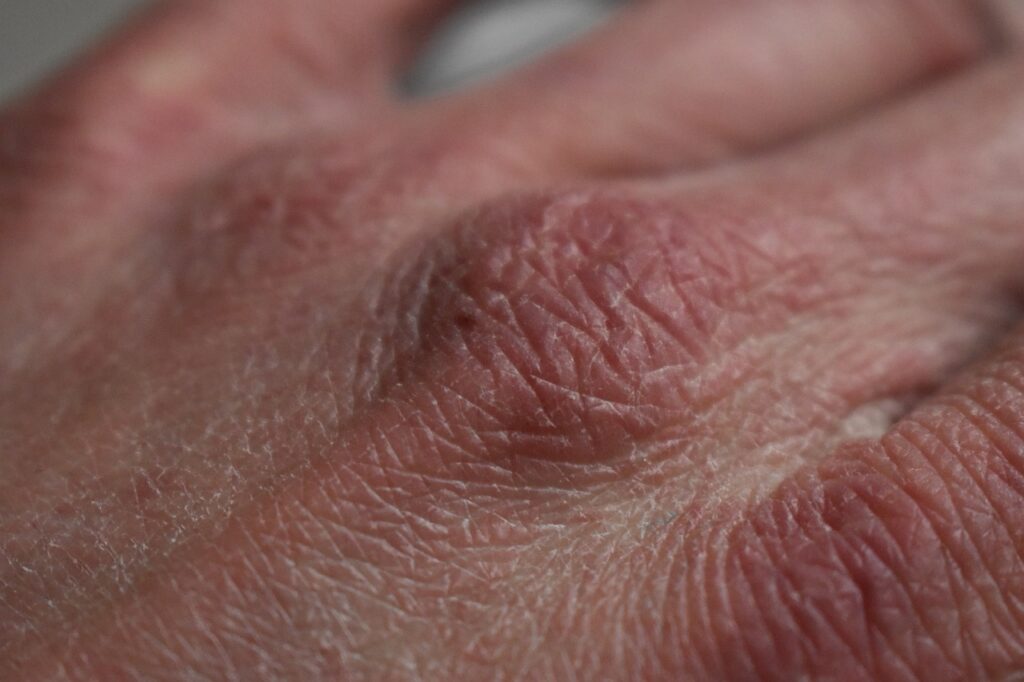Maintain healthy, hydrated skin by following these expert-backed strategies to lock in moisture and ward off dryness after your daily shower.
1. Choose the Right Water Temperature
Avoid using hot water during your shower, as it can strip the skin of its natural oils, leaving it dry and tight. Opt for lukewarm water instead, which is gentle on the skin and helps maintain its natural moisture balance.
2. Use Gentle, Moisturizing Cleansers
Select a gentle, moisturizing body wash or soap that is free of harsh chemicals and fragrances. Look for cleansers containing hydrating ingredients like glycerin, aloe vera, and shea butter to help replenish your skin’s moisture barrier.
3. Limit Shower Time
Keep your showers short and sweet, ideally under 10 minutes. Spending too much time in the water can dehydrate your skin, so be mindful of the clock and avoid overexposure.
4. Exfoliate with Care
Gently exfoliate your skin once or twice a week to remove dead skin cells and promote skin cell turnover. Use a soft washcloth or a gentle scrub, paying extra attention to areas prone to dryness, like elbows, knees, and heels.
5. Pat Your Skin Dry
After showering, avoid rubbing your skin with a towel, which can cause irritation and strip away essential moisture. Instead, gently pat your skin dry with a soft, absorbent towel to preserve its natural moisture.
6. Apply Moisturizer Immediately
Lock in hydration by applying a nourishing body lotion or cream immediately after patting your skin dry. Choose a moisturizer containing ingredients like hyaluronic acid, ceramides, and natural oils to help seal in moisture and create a protective barrier.
7. Stay Hydrated
Proper hydration is essential for maintaining healthy skin. Aim to drink at least eight 8-ounce glasses of water each day to help keep your skin plump, radiant, and less prone to dryness.
8. Use a Humidifier
If you live in a dry climate or use indoor heating, consider investing in a humidifier to add moisture to the air. A humidifier can help prevent your skin from drying out after showering and maintain its natural hydration levels.
By following these expert-backed tips, you can enjoy soft, supple, and hydrated skin even after your daily shower. Say goodbye to dry, itchy skin and hello to a radiant, healthy complexion that will leave you feeling confident and refreshed.


